The Taxateca's Garden is a small private botanical garden which contains an interesting plant collection of hundreds of species. It was founded on May 17th of 2013 and has an extension of 2.000 square meters.
The Plants
Below are sorted alphabetically some species that are mantained alive in the garden. All images have been photographed at the garden.
A B C D E F G H I J K L M N O P Q R S T U V W X Y Z
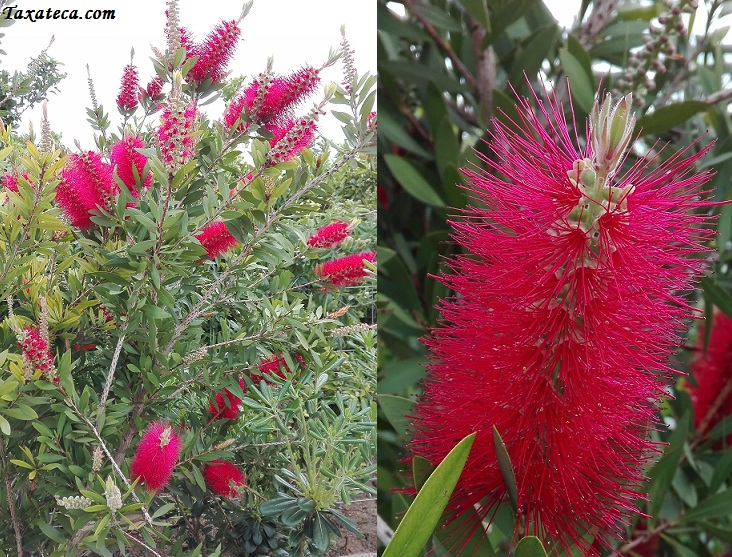
Callistemon citrinus
Details: Shrub or small tree from Australia, resistant to drought and low temperaturesdown to -8 ºC. It produces abundant flowers during a large part of the year when it has water, and the fruits are woody, attached to the branches and release the seeds with the fires.
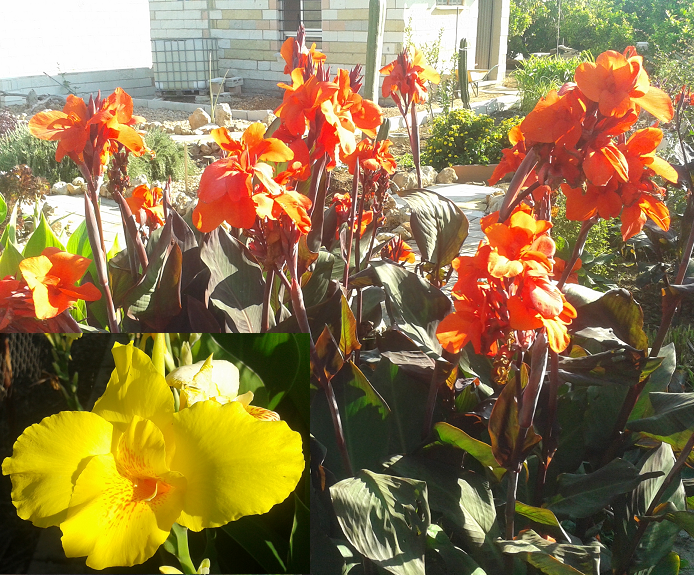
Canna x generalis
Details: It is a species of artificial origin resulting from several hybridizations between wild species. It needs a lot of water to grow and produces nice flowers throughout the year, although in winter climates the aerial part of the plant disappears and is reduced to a subterranean rhizome, which can only resist a few degrees below zero.

Caralluma europaea
Details: A creeping succulent plant native to the south of the Mediterranean Region, with mainly spring and autumn growth. It produces clusters of nice flowers that smell like rotten meat to attract flies, its main pollinator.
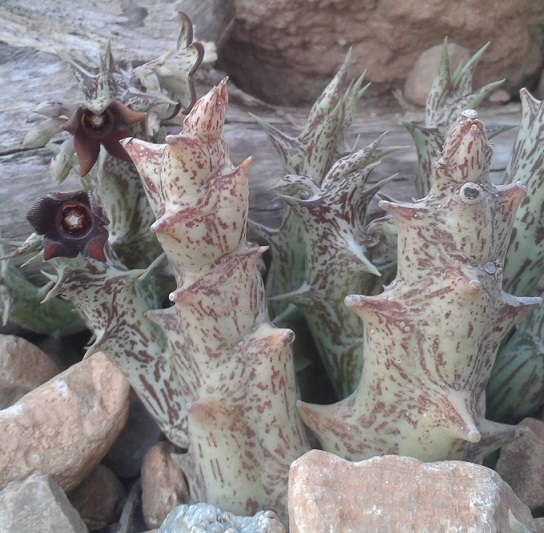
Caralluma hesperidium
Details: A creeping succulent plant native to Morocco, with mainly spring and autumn growth. It produces clusters of nice dark flowers that smell like rotten meat to attract flies, its main pollinator. It is frost tender, and freeze below -2ºC.

Carpobrotus acinaciformis
Details: It is a creeping plant native to South Africa, resistant to drought, salinity and temperatures down to -10ºC. During the warm season it forms large magenta flowers.
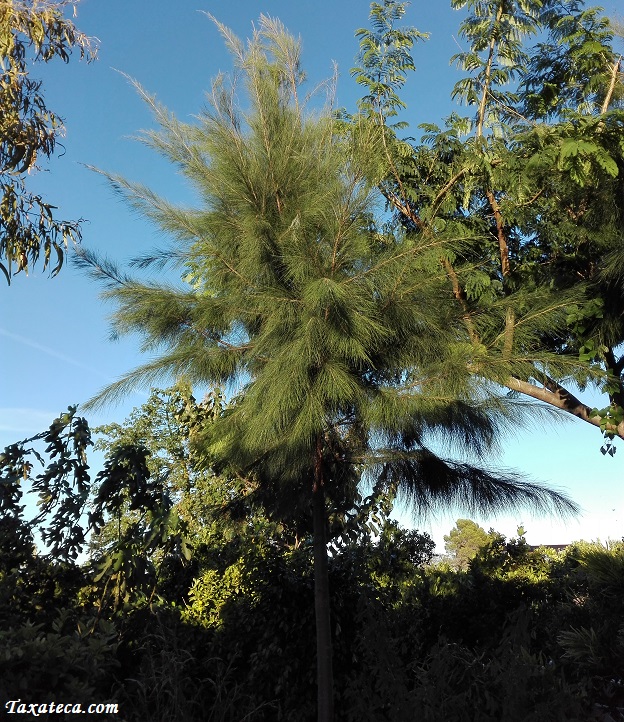
Casuarina equisetifolia
Details: It is a tree from the coastal zones and tropical beaches of the Indo-Pacific region. It lacks leaves and photosynthesis takes place on thin stems that are reminiscent of pine leaves. The fruits also look like pine cones, however it is related to oaks and not to pines. It resists temperatures down to -7ºC for a few hours when it is an adult and is highly resistant to wind and salt.
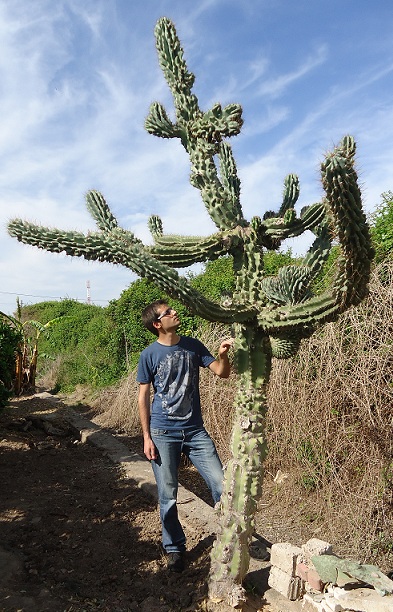
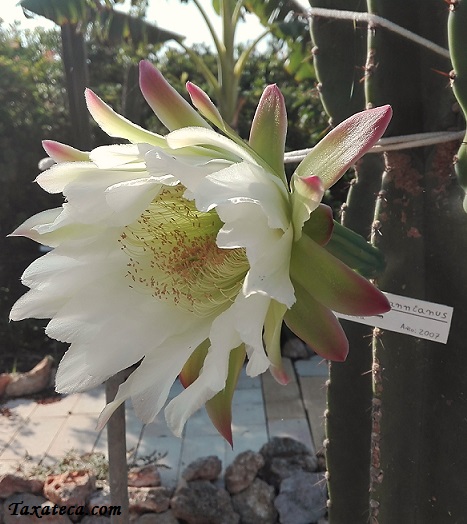
Cereus hildmannianus
Details: Large arborescent cactus native to Brazil, Paraguay, Uruguay and Argentina, which can exceed 10 meters in height. During the hot and humid season it forms large flowers that only last one night, adapted to attract bats. It resists up to -10ºC for a few hours.

Cestrum nocturnum
Details: It is a shrub native to tropical America and belongs to the same family as the tomato. In the warmer season it forms groups of small tubular flowers that give off a strong pleasant odor at night. It does not resist temperatures below zero and is considerably damaged or dies below -5ºC.
no picture
Chrysophyllum cainito
Details: It is a tree from the Caribbean islands known for its edible fruits called caimito. It is a tropical plant, which does not resist cold climates.
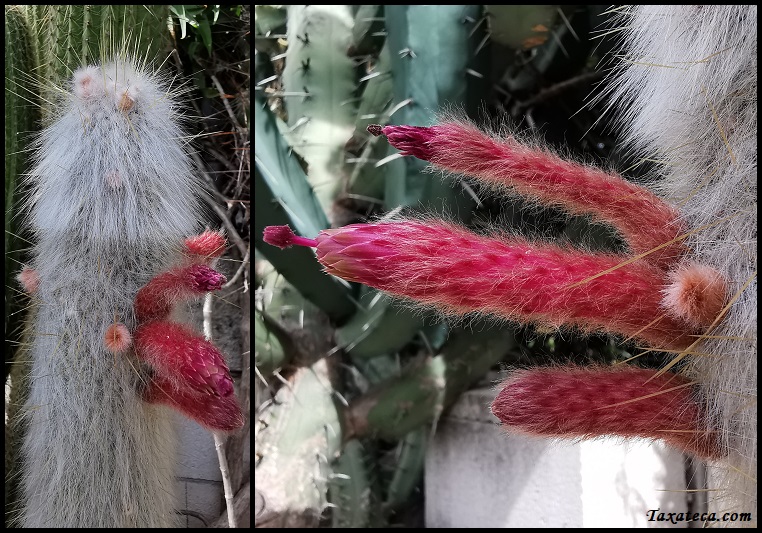
Cleistocactus strausii
Details: It is an endemic cactus from a mountainous region of Argentina, covered with white hairs to protect itself from the excess of sun light. It resists up to -10ºC and at the beginning of the warmer and more humid season it produces tubular red flowers that are pollinated by hummingbirds.
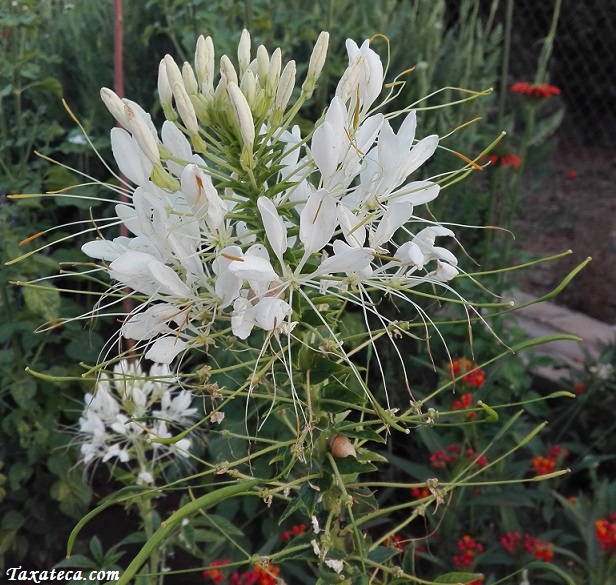
Cleome hassleriana
Details: It is an annual plant native to central and southern South America, which belongs to the curious family Cleomaceae. It forms abundant nice flowers during the warm season, reason why it is sometimes cultivated.
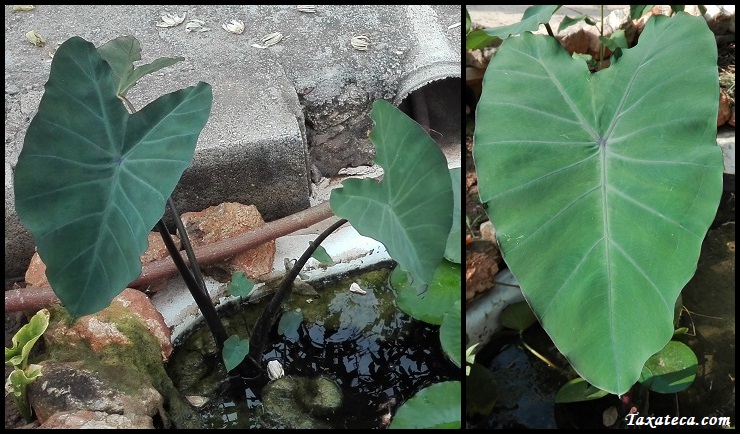
Colocasia esculenta
Details: It is the taro plant, cultivated in the tropics around the world for its edible rhizomes. It grows in waterlogged places and although it cannot survive to temperatures below zero degrees, it can regrow from the rhizomes if they have not frozen.

Conophytum bilobum
Details: is a curious South African succulent plant with each stem only with a pair of partially fused leaves. It only grows once a year, at the beginning of the cold and humid season, when flowers. During the hot season becomes dormant.
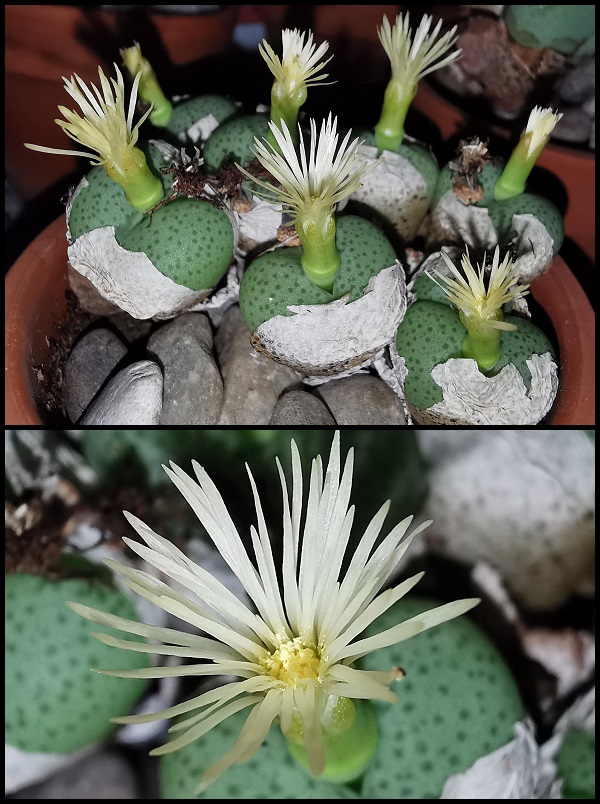
Conophytum truncatum
Details: is a curious South African succulent plant with each stem only with a pair of partially fused leaves. It only grows once a year, at the beginning of the cold and humid season, when it flowers. During the hot season becomes dormant.

Cordia boisieri
Details: It is a shrub or small tree endemic to northeastern Mexico, resistant to drought and to temperatures of up to -10ºC for a few hours. In spring it produces abundant white flowers.
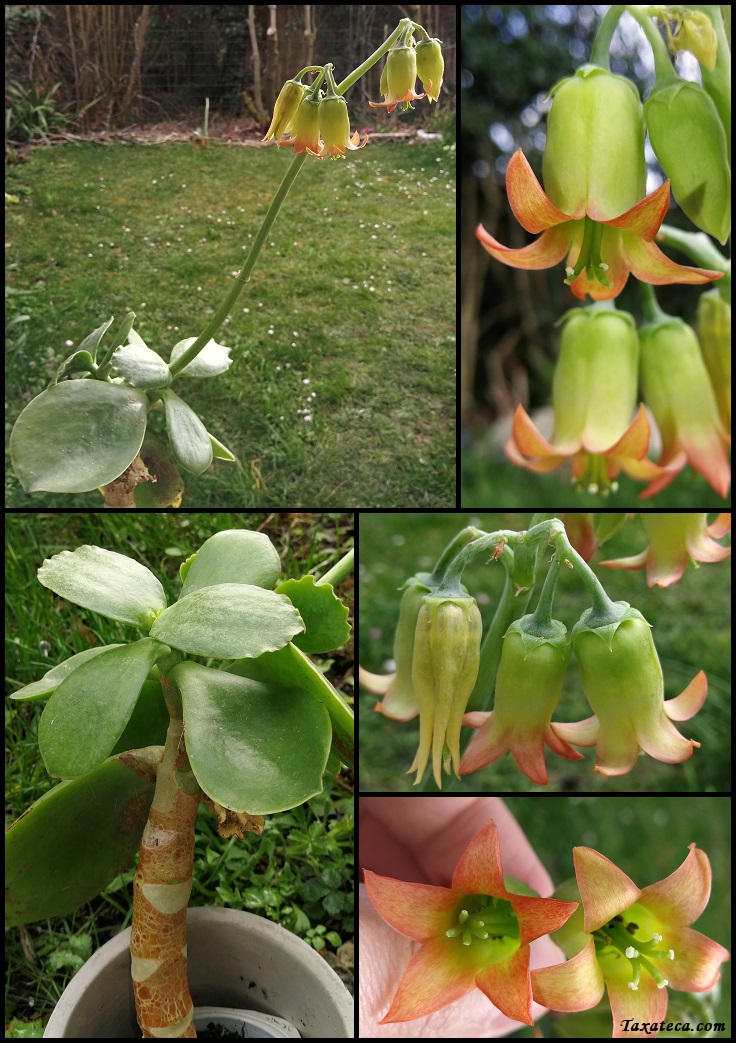
Cotyledon orbiculata
Details: Succulent, sub-shrubby plant, native to the South African Karoo. It is adapted to grow and bloom mainly during winter. It is very resistant to drought and can withstand up to -5ºC for short periods.

Crassula deceptor
Details: it is a Crassula with very swollen, whitish leaves, which give it a curious appearance. The flowers are small and appear at any time of the year as long as conditions are right. It is a plant native to South Africa, which grows after the rains at any time of the year. In cultivation it is susceptible to rot. It does not withstand temperatures below -2ºC.

Crassula expansa
Details: Herbaceous succulent plant native to South Africa. It flowers for a large part of the year as long as it has water, it does not resist long periods of drought and supports temperatures as low as -3ºC.
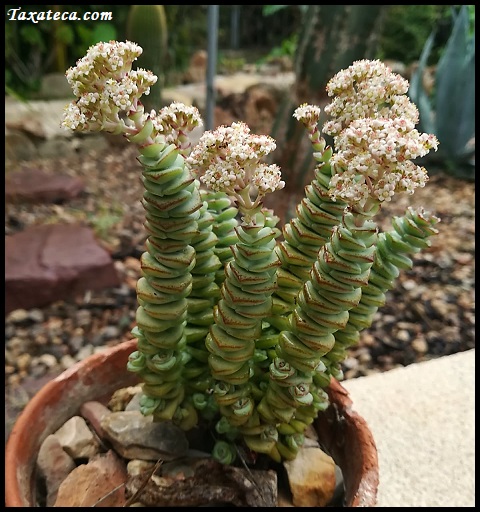
Crassula rupestris
Details: It is a succulent plant native to the Eastern Cape in South Africa. It grows in regions where rainfall primarily occurs in spring and autumn, which is when this species undergoes most of its growth. It blooms in late winter and can resist temperatures of up to -5ºC for a few hours.

Crassula falcata
Details: It is a succulent plant native to South Africa with curious triangular gray leaves. In spring it forms showy masses of scarlet flowers. Resistant up to -5ºC.
Crassula plegmatoides
Details: It is a compact and slow-growing species of the genus Crassula, with a whitish or grayish coloration. It is native to South Africa, where it grows mainly during the winter, but also during other times of the year as long as it has some humidity. It is susceptible to rot due to excess water and can withstand up to -4ºC for a few hours.
Crassula muscosa
Details: It is a succulent plant native to southern Africa, with tiny leaves that cover completely the stem. It grows throughout the year as long as it has water, but it does not resist temperatures below -4ºC.

Curio articulatus
Details: It is a plant closely related to daisies but with succulent stems and leaves. It is native to South Africa, in areas of winter rain, focusing its growth at this time. During the summer it loses its leaves. In cultivation it is susceptible to rot due to excess water and does not support temperatures below 0ºC.
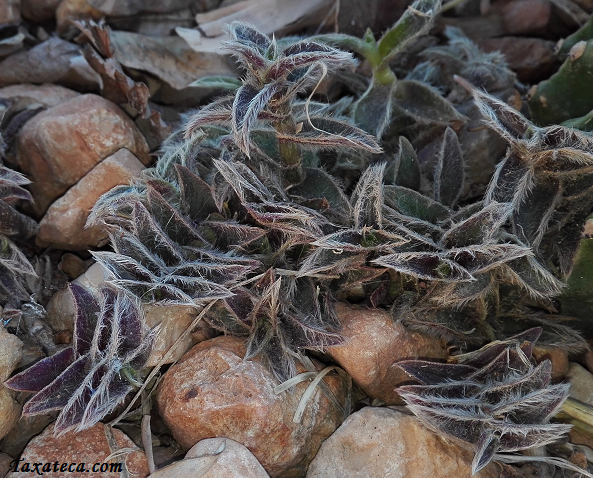
Cyanotis somaliensis
Category: Perennial succulent herb. Temperature: Frost tender. Water: Not overwater. Details: Creeping plant. Interchange availability: Yes, cuttings.

Cycas circinalis
Details: It is a species from a primitive lineage more closely related to conifers than to typical flowering plants. It is a plant that looks like a palm tree, native to tropical and subtropical Asia. It only forms leaves once a year, being slow growing. It resists temperatures of about -4ºC, prefers to grow in full sun and requires regular watering throughout the year.
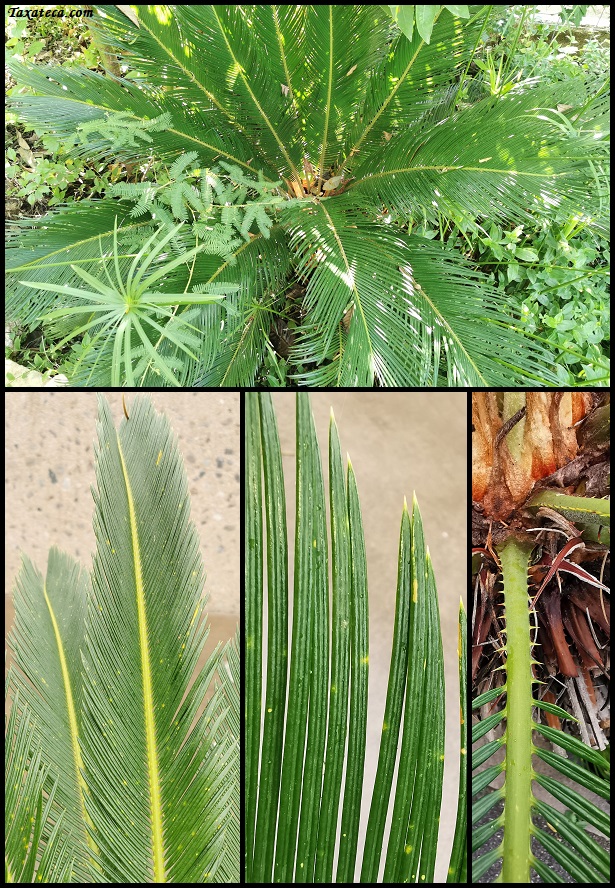
Cycas revoluta
Details: It is a species from a primitive lineage more closely related to conifers than to typical flowering plants. It is a plant that looks like a palm tree, native to southern Japan. It only forms leaves once a year, being slow growing. It resists temperatures of about -7ºC, prefers to grow in full sun and requires regular watering throughout the year.
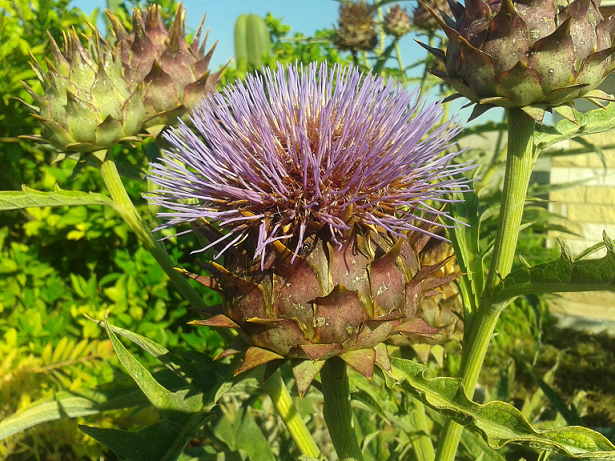
Cynara scolymus
Details: It is the artichoke plant. It is native to the Mediterranean region and grows mainly during the winter, flowering in spring. The leaves and tender flower heads are edible.
A B C D E F G H I J K L M N O P Q R S T U V W X Y Z
![]()
